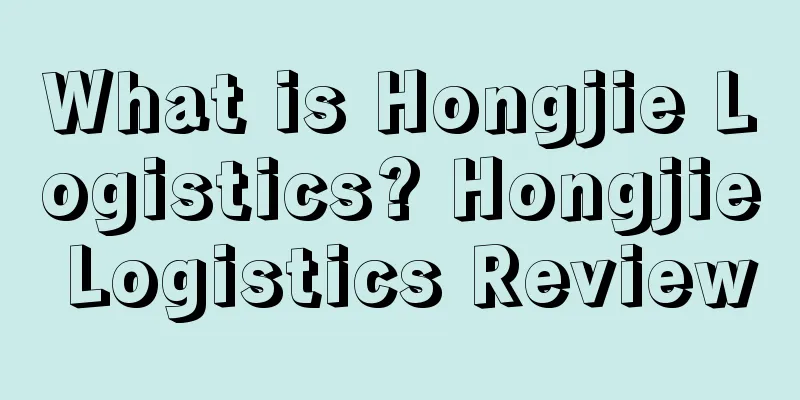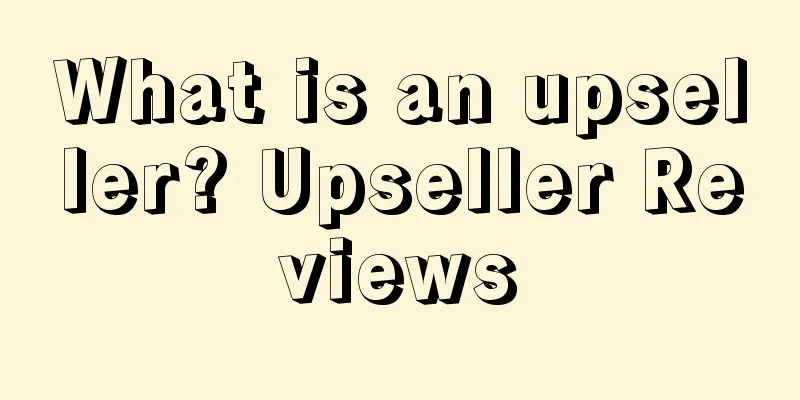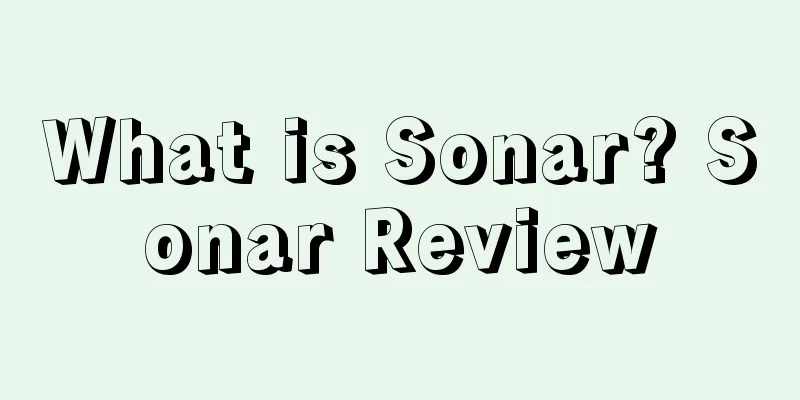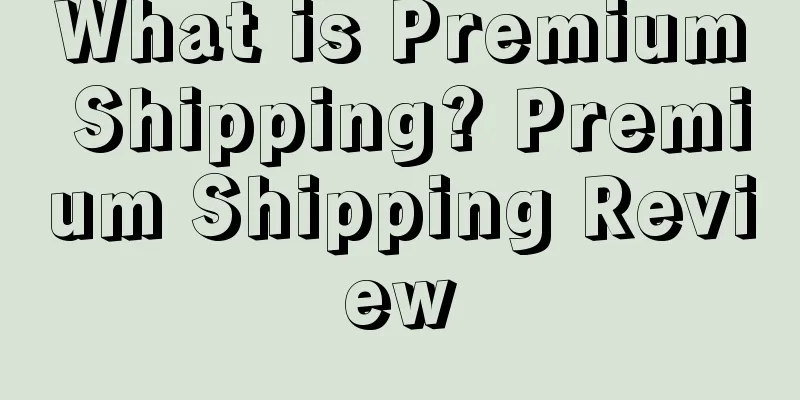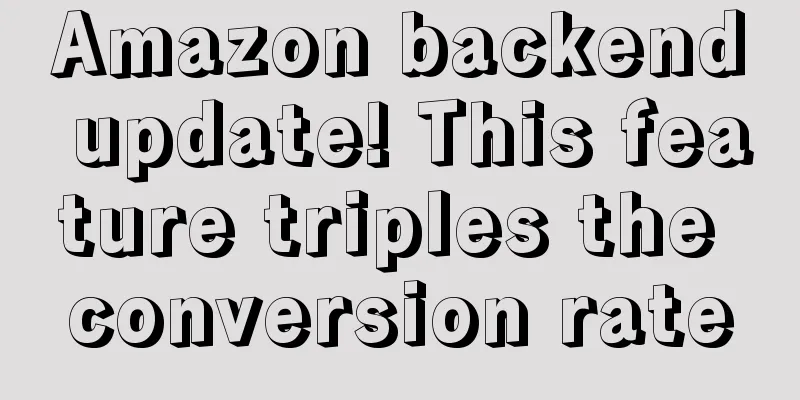The lower the ACOS of Amazon advertising, the more it affects product sales!

|
ACOS is an important factor in measuring the success of Amazon CPC advertising. Many operators are also concerned about: What is the normal range of ACOS? Is it true that the lower the ACOS, the better? How to effectively control ACOS? This article will introduce in detail some of the things that Amazon ACOS sellers must know. Is the lower the Amazon ACOS, the better? Let’s look at the ACOS formula: ACOS=CPC/(PRICE*CVR). The two main factors to lower ACOS are to lower CPC or to increase CVR. From the perspective of CPC, lowering CPC mainly affects two aspects: 1. The amount of traffic obtained. Generally speaking, the higher the bid, the more traffic can be obtained. Of course, this does not necessarily mean that the traffic we obtain will be smaller after lowering CPC. In the case of limited budget, as long as the budget can be spent, we can lower CPC and extend the budget consumption time, thereby extending the advertising exposure time. Second: Ad position. Generally speaking, exposure opportunities are determined by the bottom bid, and exposure position is determined by CPC. If we adjust CPC, it will inevitably affect the ad position. Generally speaking, the click-through rate of the ad position on the top of search will be higher than that of other positions. Most consumers will only look at the products at the front and will not turn back when they find what they want. So from these two points, we can see that sellers who need to join the seller communication group, please contact customer service V: FLA66668888 If you blindly pursue low ACOS, you will lose traffic and advertising space accumulated by long-term data. Traffic means clicks, which also means sales. Even if ACOS is very low, without volume, advertising will not be stable. Increasing CVR can also reduce ACOS, but this is more difficult. CVR is generally determined by the product and will be affected by the advertising structure, but this impact is relatively small and can be solved. For example, use negative words at the customer search level, adjust bids or budgets at the delivery and advertising campaign level, change the proportion of ineffective spending, and tilt the budget to effective order-generating activities. You can see the following example: CPC 0.8 Click 50 order 5 Sales 100 ACOS 40% CPC 0.7 Click 40 order 4 Sales 80 ACOS 35% CPC 0.6 Click 10 order 1 Sales 20 ACOS 30% If our profit margin is 40%, the income in the first case is 0, the income in the second case is 4, and the income in the third case is 2. Overall, it seems that option 2 is our best choice, but it is not the one with the lowest ACOS. If you only want to increase sales, option 1 is also OK. Breakeven ACoS is when your Amazon advertising costs equal your profit margin (calculated after subtracting all fees and costs involved in selling on Amazon). For example, you can calculate your profit margin once you add in product costs, shipping costs, Amazon costs, etc. If your profit margin is 30%, then this is your break-even ACoS. After determining the target profit margin, sellers who need to arrange for off-site promotion of celebrity videos should contact customer service V: FLA66668888. Subtract this profit margin from the break-even ACoS, and the remaining is the target ACoS. For example, if you determine a profit margin of 30% and hope to eventually reach a target profit margin of 12%, then the target ACoS is 18%. What is the appropriate ACOS control level?Situation 1: Sellers want their ads to generate profits To ensure advertising profitability, ACOS must be lower than the profit margin. The appropriate ACOS should take into account the total advertising profit, not the lower the better. 1. When ACOS = profit margin, it means that the advertising breaks even, with no profit or loss - then you can control ACoS at around 15% to keep the advertising costs and sales gross profit in balance. 2. When ACOS>profit margin, it means that the advertisement is losing money - then you need to control ACoS below the break-even ACoS, that is, below 15%. By reducing advertising costs or increasing sales gross profit, you can try to optimize the advertising input-output ratio and make advertising a source of profit. 3. When ACOS is less than profit margin, it means that the advertisement is profitable - then you can control ACoS below 15% to ensure a high return on investment for the advertisement. Situation 2: Advertising is not profitable at present If our current advertising is not profitable, we need to find out the reasons first. We can start from two aspects: (1) Product pricing: If the product is low-priced, it is normal that ACOS is difficult to reduce. (2) External environment: Fierce competition or too single advertising operation will lead to high ACOS. Knowing the reasons, sellers can think about how to find the ACOS range that suits them. ACOS=CPC click cost/(ad conversion rate*average unit price), which means that by finding the right CPC and conversion rate, you can find the ACOS that suits you. 🔶Appropriate CPC. You can refer to the "Suggested Bid" in the background 🔶Conversion rate. You can refer to the business opportunity detector Seller Backstage - Growth - Business Opportunity Detector - Search Term - Find the search conversion rate of the corresponding keyword. After finding the appropriate CPC and conversion rate, find the ACOS range that suits you according to the formula. For example: Product A is priced at $30, the CPC range is $0.3-$0.4, and the conversion rate is 8%, then: Minimum ACOS = 0.3/8%*30 = 12.5% Maximum ACOS = 0.4/8%*30 = 16.67% Using the above formula, you can also try to find your own reasonable ACOS range. |
>>: New backend feature! You can generate a listing with just a picture or URL!
Recommend
From the world's largest consumer market to being crushed by Double 11, why is Black Friday sales in the United States not so good?
According to the Global Times, online sales on Bla...
What is XYyuke? XYyuke Review
XYyuke is an Amazon product management tool. Categ...
Big news! Something big is going to happen in the cross-border circle, and sellers can’t sit still!
2021 is destined to be an extraordinary year. Cros...
Revenue increased more than 20 times! Amazon's best sellers got rid of the shadow of account ban!
▶ Video account attention cross-border navigation ...
What is OnBuy? OnBuy Review
OnBuy is an online retail marketplace that was off...
The top seller in East China crashed! Suppliers blocked the door to demand payment
Yesterday, it was revealed that Zhiyu, a major cr...
Practical Learning | What should I do if my Amazon account is under review?
Have you ever encountered a situation where your ...
What is performance? Performance evaluation
The Seller Metrics Overview is designed to provide...
Etsy's customer traffic continues to decline! Will the fourth quarter be able to reverse the downward trend?
It is learned that according to foreign media repo...
What are Amazon virtual bundles? Amazon virtual bundles review
Amazon virtual bundles, Amazon has opened virtual ...
Stock prices fell collectively, and the market value of US retail giants has shrunk!
It is learned that according to the latest data fr...
The link is still issuing orders, but I suddenly cannot access the account backend. What should I do?
Someone has encountered such a problem: his produ...
New methods to dominate the charts? Why do some products rush to the top ten of the list, the top hundreds of the category, and dominate the list as soon as they are launched? When checking the source of traffic, the only thing I found is video ads?
Anonymous user My C position I have recently come ...
What is Shoploop? Shoploop Review
Google's latest experiment is a video shopping...
Amazon suspends FBA delivery in June? !
Starting yesterday, there was another piece of new...


